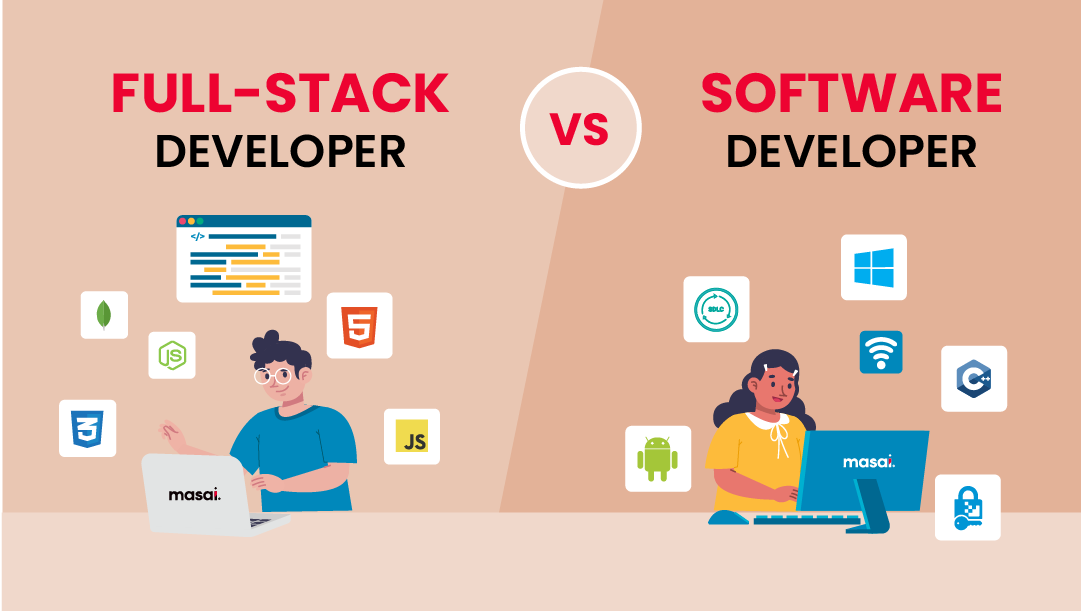Finding the Ideal Software Development Partner for Innovative Solutions
Finding the Ideal Software Development Partner for Innovative Solutions
Blog Article
Devoted Developers vs. In-House Teams: Which Is Right for You?
The decision between using specialized designers and preserving an internal group is a considerable one that can influence the trajectory of your tasks and general business approach. Devoted developers supply a level of flexibility and specialized competence that can be advantageous for certain, short-term initiatives. Alternatively, internal teams add to a cohesive company society and a nuanced understanding of lasting objectives. By taking a look at crucial factors such as budget plan, task scope, and wanted control, you can better establish which method lines up with your business needs. However, the ramifications of this choice extend beyond immediate results-- consider the broader impact on your business landscape.
Recognizing Committed Programmers
The growing demand for specialized skills in the tech industry has resulted in the appearance of committed designers as a feasible option for lots of companies. These specialists are typically gotten on a task basis, permitting business to take advantage of certain expertise without the lasting dedication connected with full time hires. Dedicated developers are usually embedded within a client's group, providing versatility and scalability to meet project requirements.
This model enables organizations to access an international skill pool, which is particularly advantageous in a quickly developing technological landscape. Committed developers can be sourced from numerous geographical places, making sure that business can discover the best skill established at competitive prices. They commonly bring a wide range of experience and understanding, having worked with varied projects throughout different industries.
Additionally, devoted programmers can focus specifically on the jobs at hand, boosting productivity and performance. They are furnished to integrate flawlessly into existing operations, working together closely with in-house groups to attain job purposes. This method not just lowers the concern of recruitment and training however additionally allows companies to remain active, adapting swiftly to transforming market needs and technical advancements.
Advantages of In-House Teams

Moreover, internal groups often tend to have a much deeper understanding of the company's objective, worths, and objectives. This positioning can improve staff member involvement and motivation, as staff member feel more attached to their job and the company's success. Additionally, having a specialized internal team enables better alignment of goals and approaches, as these participants are consistently concentrated on the company's concerns.
In-house teams also promote quicker decision-making processes, as they can react extra quickly to difficulties and modifications. The established relationships and experience with firm protocols permit structured process and minimized miscommunication. Inevitably, the combination of a natural culture, positioning with business goals, and effective communication makes internal teams an important asset for many organizations, specifically those aiming to cultivate long-term development and development.
Price Factors To Consider
When reviewing expense considerations, both dedicated programmers and internal teams present distinctive financial effects for go to the website organizations. Engaging committed programmers typically involves a pay-per-project or per hour rate version, which can be affordable for businesses with changing job demands. This technique allows for adaptability in scaling resources up or down, ensuring that business just spend for the services they require.
In contrast, in-house groups involve fixed prices, consisting of salaries, benefits, and overhead costs such as office room and equipment. While this design supplies greater control and instant accessibility of resources, it might lead to higher long-term costs, particularly if the work does not warrant a full-time personnel.
In addition, firms need to take into consideration the covert costs associated with employment and training of internal employees, which can even more strain budget plans. In some instances, the time and resources spent on managing an in-house team can diminish the company's core service goals.

Task Administration and Versatility
Task management and versatility are crucial aspects that affect the selection in between dedicated developers and internal teams. Devoted developers normally use a high level of adaptability, permitting organizations to scale resources up or down based upon task demands. This agility can be especially advantageous for organizations experiencing rising and fall work or those seeking to innovate rapidly. Committed groups typically have established procedures for taking care of jobs efficiently, leveraging specific techniques like Agile or Scrum, which promote repetitive progression and flexibility.

Eventually, the selection between specialized designers and in-house teams rests on the desired level of flexibility and the specific project management demands. Business have to examine their functional characteristics, task intricacy, and source accessibility to establish which choice lines up finest with their critical purposes.
Making the Right Selection
Picking the best advancement technique-- dedicated programmers or internal groups-- calls for a careful analysis of different aspects that straighten with a company's strategic goals. software development staff augmentation. Think about the pop over here nature of the job. If it demands specialized skills or a fast scale-up, devoted designers may be a lot more suitable. Conversely, internal groups can give much better continuity and combination with existing personnel.
Next, evaluate your budget plan. Committed designers commonly present a cost-effective remedy for short-term projects, while in-house groups might incur greater lasting expenses due to incomes, advantages, and overhead prices. Evaluate the degree of control and cooperation preferred; in-house groups commonly cultivate stronger communication and positioning with company society.
Additionally, consider the time structure. If immediate results are needed, devoted programmers can be onboarded swiftly, whereas building an internal group takes time for employment and training. Consider the long-term vision of your organization. If continual advancement is essential, purchasing an internal group may yield far better returns with time. Ultimately, the decision hinges on a complete analysis of these variables, ensuring positioning with your firm's operational requirements and overall purposes.
Final Thought
Finally, the decision in between specialized designers and internal groups hinges on task needs and business objectives. Dedicated designers give flexibility and customized experience, making them appropriate for short-term campaigns. On the other hand, internal teams grow a natural culture and much deeper alignment with lasting objectives. Careful analysis of spending plan constraints, job timelines, and wanted control levels is essential for figuring out the most ideal method, guaranteeing alignment with critical top priorities and functional effectiveness.
The decision in between utilizing devoted designers and keeping an in-house team is a substantial one that can influence the trajectory of your tasks and general organization technique.Project management and versatility are vital aspects that affect the choice in between dedicated programmers and in-house groups. nearshore software development.In comparison, internal groups might succeed in keeping a constant task administration structure due to their familiarity with the company's society and lasting goals. Dedicated designers often provide an affordable remedy for temporary projects, while in-house groups may sustain higher long-term costs due to wages, benefits, and overhead costs.In verdict, the choice between internal teams and devoted designers hinges on project requirements and business purposes
Report this page